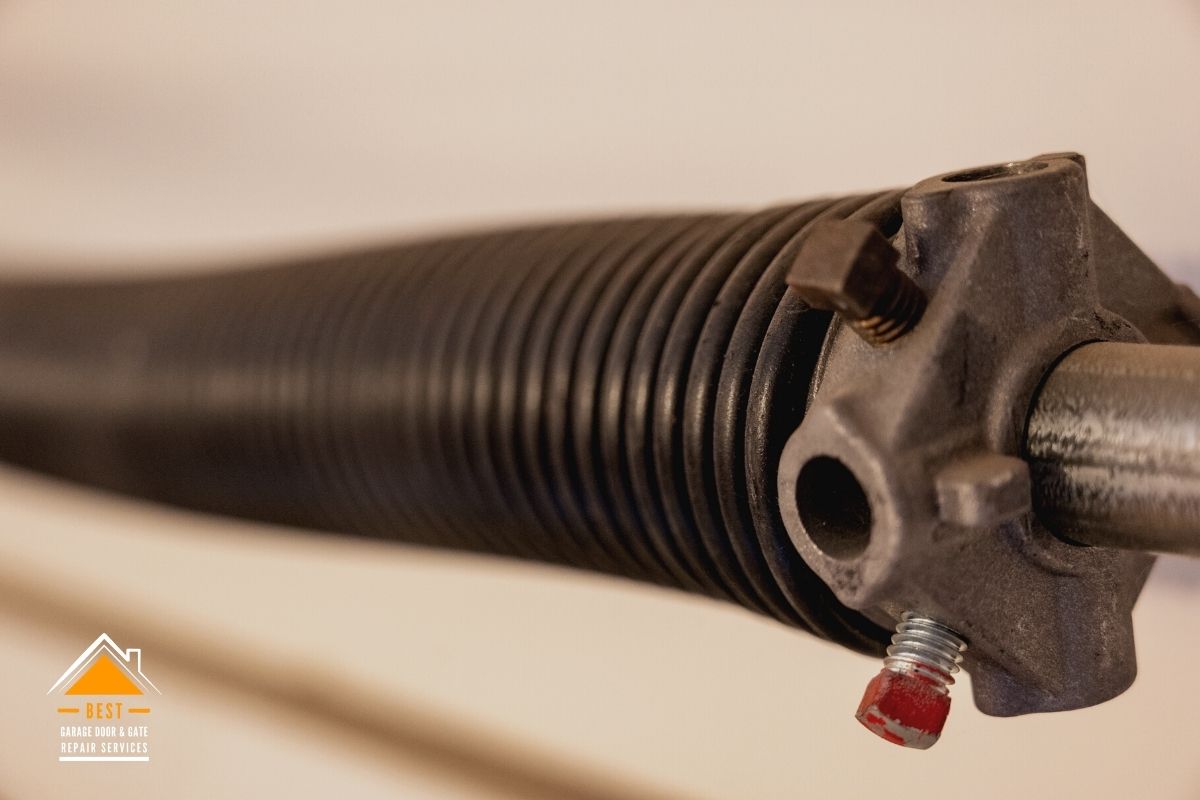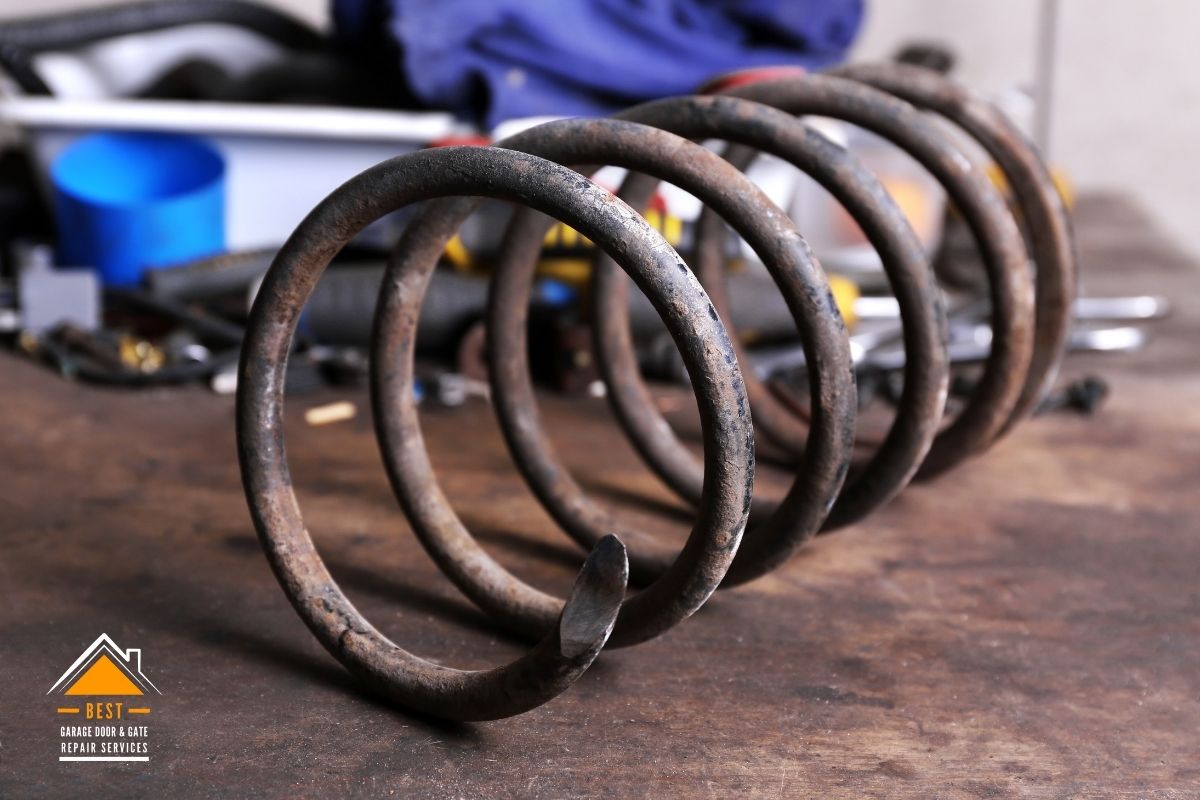As someone who owns a garage door, you have probably come across terms like ‘Torsion Spring’ and ‘Extension Spring.’ You also probably already figured that these are two very different types of springs, but which are responsible for managing the counterbalance system. The system will use a force to mainly offset the garage door’s weight, which allows you to raise and lower it reliably. The counterweight system is managed by either an extension system or a torsion spring.
However, if Both Springs Serve The Same Function, how are they different? That’s what we’ll discuss in this article.
Table of Contents
Torsion Springs
Now, these happen to be the most common types of springs on many modern garage doors. They are available in many different lengths and sizes, each type for a particular size and weight garage door. The large springs are usually installed on top of the garage door; when the door is operational, they will slide on over into a channel to which the lifting cables are attached. The cables will then lift and lower the door, with the torsion spring winding up and then unwinding in a slow controlled motion.
Torsion springs offer several benefits, which include:
- The springs are sturdier, and hence they tend to last longer. On average, they are also more expensive but tend to last for up to 20,000 cycles.
- Torsion springs also reduce wear on the garage door’s mechanism. Since they offer steadier movement, that helps keep the garage door balanced and reduces the stress on all the parts. That’s why the opener does not have to work as hard.
- If the spring breaks, the torsion spring creates a very loud noise but will stay in the shaft. Extension springs, on the other hand, will snap off, causing damage to your property.

Extension Springs
Extension springs are considered outdated technology but are still used in many low-cost or budget garage doors because they are far less expensive. Also, they are the best solution for small garage doors since they don’t occupy as much space. The springs are installed to the side of the door instead of overhead and then extended.
Even though extension springs have been a popular spring choice for several decades, they don’t last as long, usually for up to 10,000 cycles. Plus, they require professional maintenance more often than torsion springs. The springs also operate the garage door with a jerking motion, which adds more wear and tear to the garage door, making it more of a safety hazard.
Extension springs can and do snap. When they snap, the door can fall, causing personal injury and property damage. That’s why modern garage doors that use extension springs do so with safety cables, and the manufacturer will recommend professional installation.
Conclusion – Don’t DIY A Garage Door Spring Issue
Even though you might be tempted to replace extension springs or a torsion spring, it shouldn’t be attempted because of the many dangers of a heavy garage door. You are better off calling Professionals Like Us To Replace The Garage Door Spring. It does not cost a lot, but we can assure everyone’s safety.


Leave A Comment